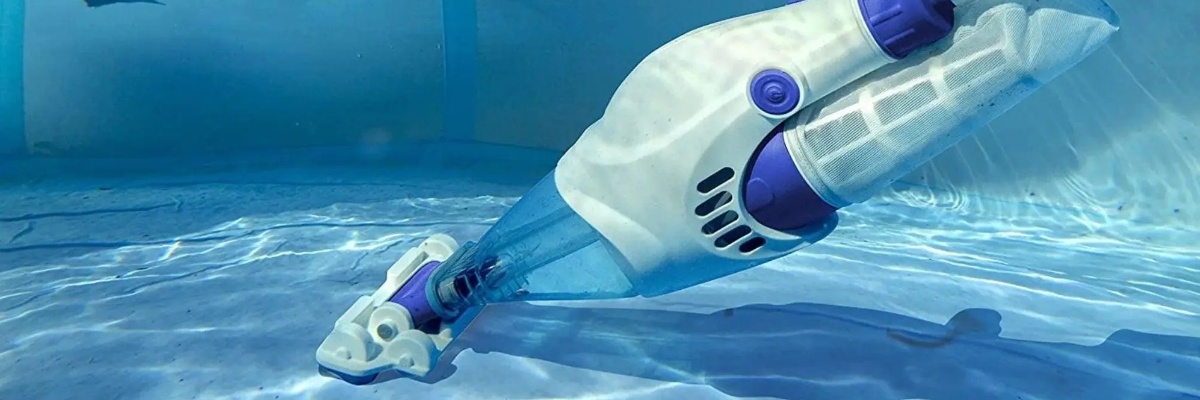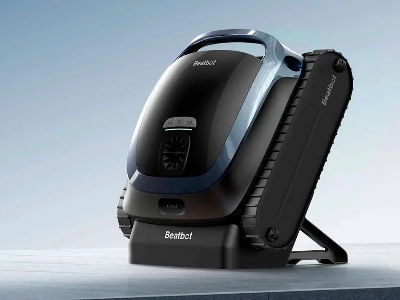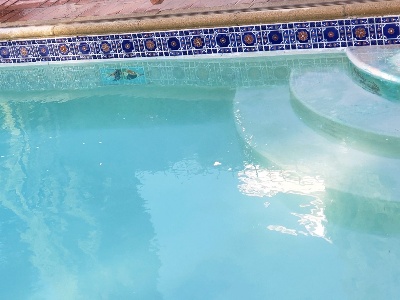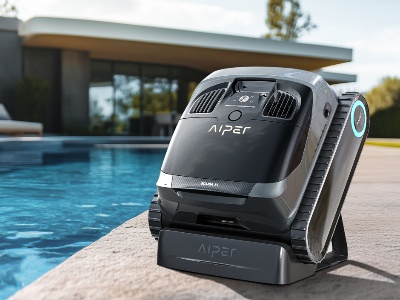Cleaning a swimming pool is not just a question of filtration and adding products. For a spotless bottom and crystal-clear water, vacuuming up the dirt is essential. But with the growing range of pool cleaners on offer, one question often arises: is it better to choose a manual or automatic model? Both solutions have their advantages and limitations, depending on your type of pool, your budget and your available time. This article will help you make the right choice by exploring the specific features of each type of vacuum cleaner, their actual effectiveness, their ease of use and their value for money.
Manual vacuum cleaners: simple, economical, efficient
Manual pool vacuum cleaners are appealing because they are easy to use and very affordable. They are ideal for small above-ground pools, spas or for extra cleaning. Generally consisting of a suction head, a hose and a telescopic pole, they connect directly to the skimmer or a vacuum point. Their effectiveness depends entirely on your intervention: you guide the vacuum cleaner by hand to track down dirt at the bottom of the pool. This system allows for great precision, especially in corners or around stairs. However, it requires time, patience and good physical condition, especially if you have to clean a large surface regularly. In addition, the suction power depends on that of your filter pump. Brands such as Kokido, WaterTech and Bestway offer high-performance manual models at low prices, well suited to occasional needs or small pools. On the other hand, for frequent use or a larger pool, the solution can quickly show its limitations, especially if you are looking for superior user comfort.
Automatic vacuum cleaners: a significant time saver
Automatic pool vacuum cleaners are an intermediate solution between manual models and autonomous robots. They work by moving around the pool on their own, propelled by hydraulic pressure or suction from the filtration system. They suck up dirt without you having to do anything, which makes them a very attractive option for medium to large swimming pools. Some models, such as those by Bestway or Kokido, are designed to operate without an electric motor, simply using the power of the filtration system, which makes them economical to use. However, their effectiveness depends on several factors: the flow rate of the pump, the shape of the pool, and the nature of the debris. They are generally very good for the bottom, but have difficulty reaching the stairs, walls or water line. Their programming is also limited compared to that of pool robots. However, if your budget does not yet allow you to invest in a robot such as the BEATBOT AquaSense Pro or a model from brands such as Zodiac or Dolphin, automatic vacuum cleaners are a good compromise between effort and efficiency.
Manual or automatic: which is more cost-effective in the long term?
The choice between a manual or automatic vacuum cleaner should also take into account the frequency of use, the size of the pool and the lifespan of the equipment. Manual vacuum cleaners are inexpensive to buy, but require a lot of elbow grease. If you spend an hour every week cleaning your pool, this represents a significant workload over the season. On the other hand, an automatic vacuum cleaner, although a little more expensive to buy, offers an attractive return on investment in the medium term. You save time, limit wear and tear on your equipment (especially the pump) thanks to more regular cleaning, and reduce the build-up of dirt that can require more aggressive chemical treatments. Some automatic models can last for several years with basic maintenance. When comparing initial costs, energy consumption and time spent cleaning, automatic vacuum cleaners are often the most cost-effective in the long term, especially if your pool is larger than 15 m² or if it is used intensively. A vacuum cleaner may be technically efficient, but difficult to use on a daily basis. And that is often where the choice is made. Manual vacuum cleaners require direct handling and can quickly become tiring to use, especially underwater. You have to push, guide and reposition it, and make sure the pipes don't get stuck. On the other hand, automatic models often just need to be launched into the pool to start cleaning. Some may get stuck or go around in circles, but the latest models are better at dealing with obstacles. The difference becomes more pronounced when you add the notion of free time. If you'd rather enjoy your garden instead of scrubbing the bottom of the pool, the automatic vacuum cleaner seems like an obvious choice. Although robots are an even more advanced alternative, automatic vacuum cleaners offer a good compromise. And if surface cleaning is also a concern for you, a skimmer robot such as the
iSkim Ultra from BEATBOT can complete the system, for perfect hygiene without any extra effort.
A variety of models for all budgets
Whether you choose a manual or automatic vacuum cleaner, the current range covers a wide range of prices and features. For less than €50, you can find robust manual vacuum cleaners that are effective for small pools. Between €80 and €150, entry-level automatic vacuum cleaners are already good for keeping a pool clean, provided you have a good filtration pump. Brands such as Bestway and Kokido dominate this segment with simple but effective models. Above €150, you start to approach the entry-level robot zone, and it can be tempting to cross the threshold if your pool justifies it. However, for the vast majority of owners, a well-chosen automatic vacuum cleaner is more than enough. If you are looking for more autonomy, a robot like the BEATBOT AquaSense 2 Ultra may be a logical step. But the key is to match the equipment to the size of your pool, your swimming habits and the time you are willing to devote to maintenance.
The choice depends on your pool... and on you
Manual or automatic, each pool cleaner has its advantages. The manual model is ideal for those who want total control, an economical solution, or occasional use. On the other hand, automatic vacuum cleaners bring real comfort to everyday life, especially if you are looking to limit physical effort or optimise the time spent on maintenance. The choice will therefore essentially depend on the size of your pool, how often it is used, and your tolerance for physical effort. For a family pool used every day, an automatic model seems more logical. Conversely, for a secondary pool or a small spa, a manual vacuum cleaner may suffice. If in doubt, you can even start with a manual model and move to an automatic one later. And if you want to go even further in terms of autonomy, robots like those from BEATBOT (AquaSense, AquaSense 2 Pro, etc.) represent another level of comfort. But there is a solution for every need: the important thing is to keep your pool clean, without turning maintenance into a chore.







